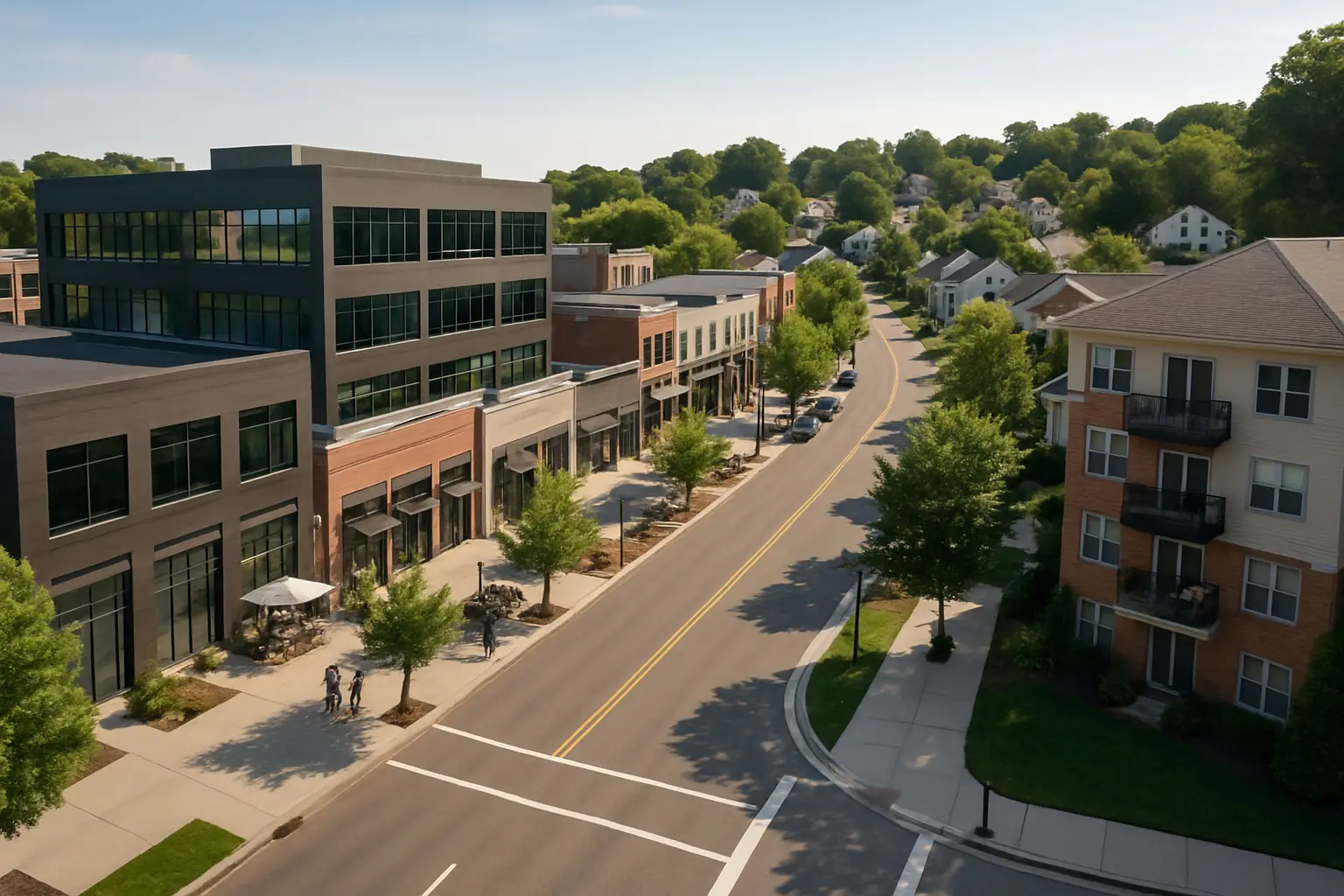South Hills Success: The Business-Residential Hybrid Zones Reshaping Pittsburgh's Suburbs
Discover how Mt. Lebanon, Upper St. Clair, and Bethel Park are pioneering mixed-use developments that offer the perfect work-life balance.

The Evolution of Pittsburgh's South Hills
Pittsburgh's South Hills are undergoing a remarkable transformation, breaking away from the traditional suburban mold to embrace a more dynamic, integrated approach to community development. Mt. Lebanon, Upper St. Clair, and Bethel Park are leading this evolution, demonstrating how thoughtful urban planning can create thriving spaces that serve both residential and commercial needs.
These communities have successfully preserved their cherished residential character while strategically incorporating business districts that enhance rather than detract from the neighborhood appeal. The result is a new suburban paradigm that responds to contemporary lifestyle demands.
Strategic Advantages
The unique positioning of these South Hills communities offers distinct benefits for residents and businesses alike:
- Mt. Lebanon showcases a vibrant uptown district where local businesses thrive alongside residential areas, connected by walkable streets and efficient public transit.
- Upper St. Clair has developed premium mixed-use spaces that maintain the area's upscale character while providing convenient commercial amenities.
- Bethel Park demonstrates how strategic zoning can create business corridors that complement existing residential neighborhoods.
Transportation and Accessibility
The T-line light rail system serves as a vital artery, connecting these communities to downtown Pittsburgh while supporting internal mobility. This infrastructure has proven crucial in attracting both businesses and residents seeking convenient commuting options.
Investment Potential
The market response to these hybrid zones has been overwhelmingly positive:
- Property values in mixed-use areas have shown consistent appreciation, outpacing traditional suburban developments
- Commercial occupancy rates remain strong, with a growing demand for office and retail spaces
- Residential properties within walking distance of business districts command premium prices
"These communities have found the sweet spot between suburban comfort and urban convenience, creating environments where businesses and residents can truly thrive together," notes a prominent local real estate developer.
Future Outlook
The success of these hybrid zones has established a compelling model for suburban development:
- More communities are adopting similar mixed-use strategies
- Sustainable design practices are being integrated into new developments
- Technology companies are increasingly choosing these areas for satellite offices
Community Impact
The transformation extends beyond physical infrastructure, fostering a stronger sense of community and local identity. Residents enjoy shorter commutes, enhanced amenities, and more opportunities for social interaction, while businesses benefit from a built-in customer base and attractive work environment.
As these communities continue to evolve, they're setting new standards for suburban living that combine the best aspects of urban and residential environments. The South Hills success story serves as a blueprint for other suburbs looking to adapt to changing lifestyle preferences while maintaining their distinctive character.


